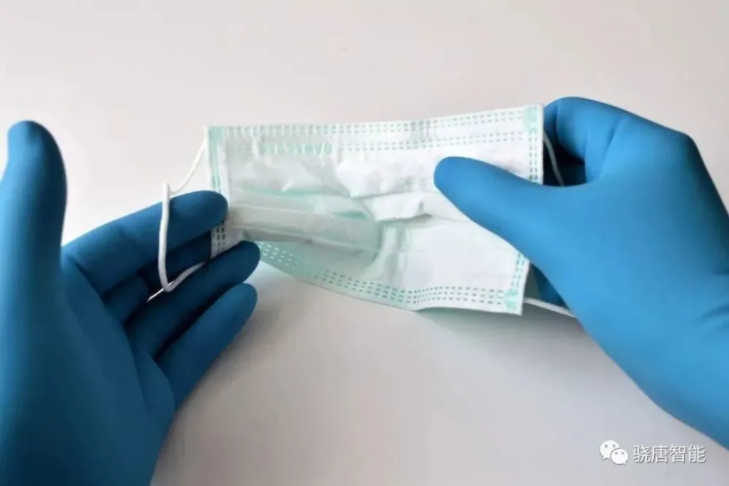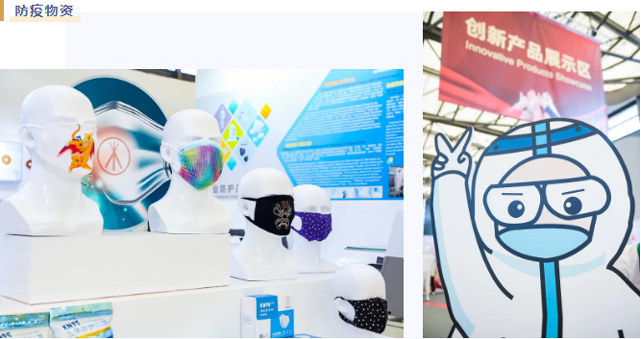The latest round of global nonwovens investment is in response to the growing demand for medical protective fabrics for gowns and curtains during the Covid-19 crisis. According to a recent study published by Research Dive, the response to COVID-19 will increase the annual growth rate of these materials by 10% from now to 2026. This growth will be driven by current demand, as well as by the government’s reserves of these materials in response to future health crises.

Last week, Jacob Holm of Switzerland was the latest company to announce the addition of personal protective equipment (PPE) materials. The company produces Sontara fabrics and other non-woven fabrics for medical and wet wipes. The company will implement a company-wide investment plan that will expand its production capacity by 500 million square meters each year. The project called Project Boost started last month and will be completed in the third quarter of 2022.
CEO Martin Mikkelsen said: “The advancement of the Project Boost project is our response to the needs of global partners to increase production capacity, provide more sustainable substrate options, and continue to maintain our position as a leader in non-woven innovation.”
Last month, the company reported that during the coronavirus pandemic, its Sotnara medical fabrics increased its production by 65%. The company announced a record output of two of its five factories in April.
Mikkelsen said: “This situation is unprecedented. However, for Jacob Holm, the only way out is to rely on what we know and make full use of our experience to help curb the spread of COVID-19, and to benefit our society. Health and happiness have a positive impact.”

Jacob Holm, in its efforts to fight Covic-19, has also cooperated with sports brand Under Armour to produce masks and isolation suits.
Other non-woven fabric manufacturers have also participated in the investment to meet the demand for medical clothing materials, including construction expert Johns Manville, who announced in May that he had produced disposable medical clothing at his factory in Spartanburg, South Carolina, and Hollingsworth & Vose, the latter has shifted its focus from the traditional medical, automotive and filtration markets to making a material for non-surgical gowns.
Jeff Crane, head of the H&V department, said: “H&V is already producing key materials used to fight Covid-19, including N95 respirator filter media, ventilator filter media and materials used in surgical masks. This is something for us. Meaningful, we can see how we can meet the needs of frontline medical staff.”
Johns Manville’s spunbond material is made of polyester and is specially designed for the production of grade 3 medical suits. Souvik Nandi, Technical Director of Nonwoven Fabrics for Johns Manville Engineering Products, said: “Compared with the materials used in Class 1 and Class 2 medical clothing, this fabric provides superior liquid barrier properties while also providing comfort and seam strength. ”
Johns Manville Engineering Products Business President John Vasuta said: “This investment is to meet the urgent demand for medical clothing in North America and Europe. “Our team is rapidly developing solutions and manufacturing a new coated polyester spunbond fabric. ”
DuPont is an established company in the production of medical clothing materials. Earlier this year, it significantly increased Tyvek’s production to help curb the spread of Covid-19 and protect medical staff. The “TyvekTogether” plan includes expanding production capacity in Richmond, Virginia, and by allowing others to join us to protect more frontline responders, 6 million additional non-surgical isolation gowns will be provided every month.
John Richard, vice president and general manager of DuPont Security Solutions, said: “We urgently need protective clothing. We believe that cooperating with other companies to transform existing tailoring and sewing production capacity into protective clothing manufacturing is to protect more people. The fastest way. Our dedicated employees around the world are working 24 hours a day to provide more Tyvek materials and patterns for more organizations, and work together to protect those who protect us.”
In addition to increasing production capacity, the TyvekTogether plan also introduces a new dedicated Tyvek fabric to increase the output of COVID-19 response clothing to 15 million pieces per month.
Tyvek style 1222A has similar barrier properties to the core DuPont TM Tyvek 400 clothing product. It optimizes the use of materials by adjusting the drape and feel of the fabric, and provides it to existing and new customers in a good package. For customers who are not familiar with the structure of medical clothing, DuPont provides cutting and stitching functions to increase clothing output as soon as possible.
David Dominisch, Global Business Director, said: “We are providing designs, patterns and support so that small sewing shops and fabricators can join as soon as possible to help make these garments. We are working hard to obtain as many partners as possible. To meet local needs, and this plan is ongoing.”
Post time: Nov-23-2021
